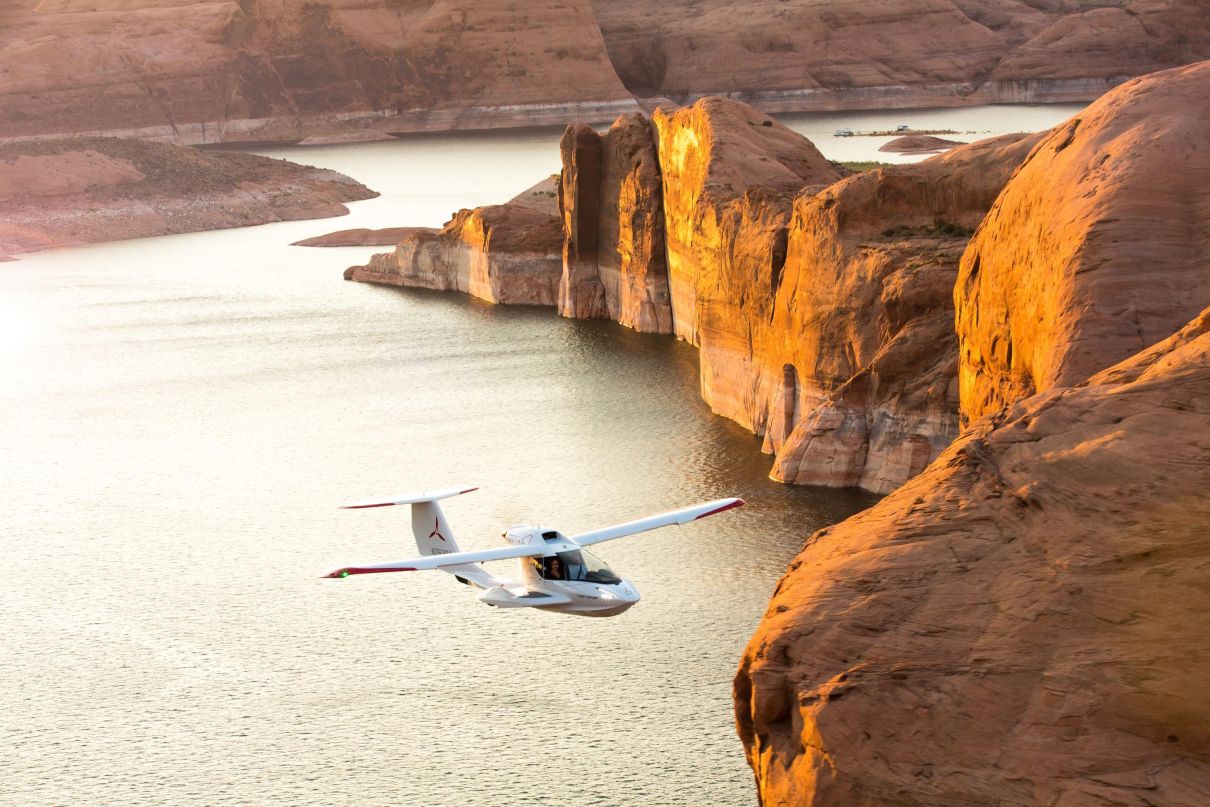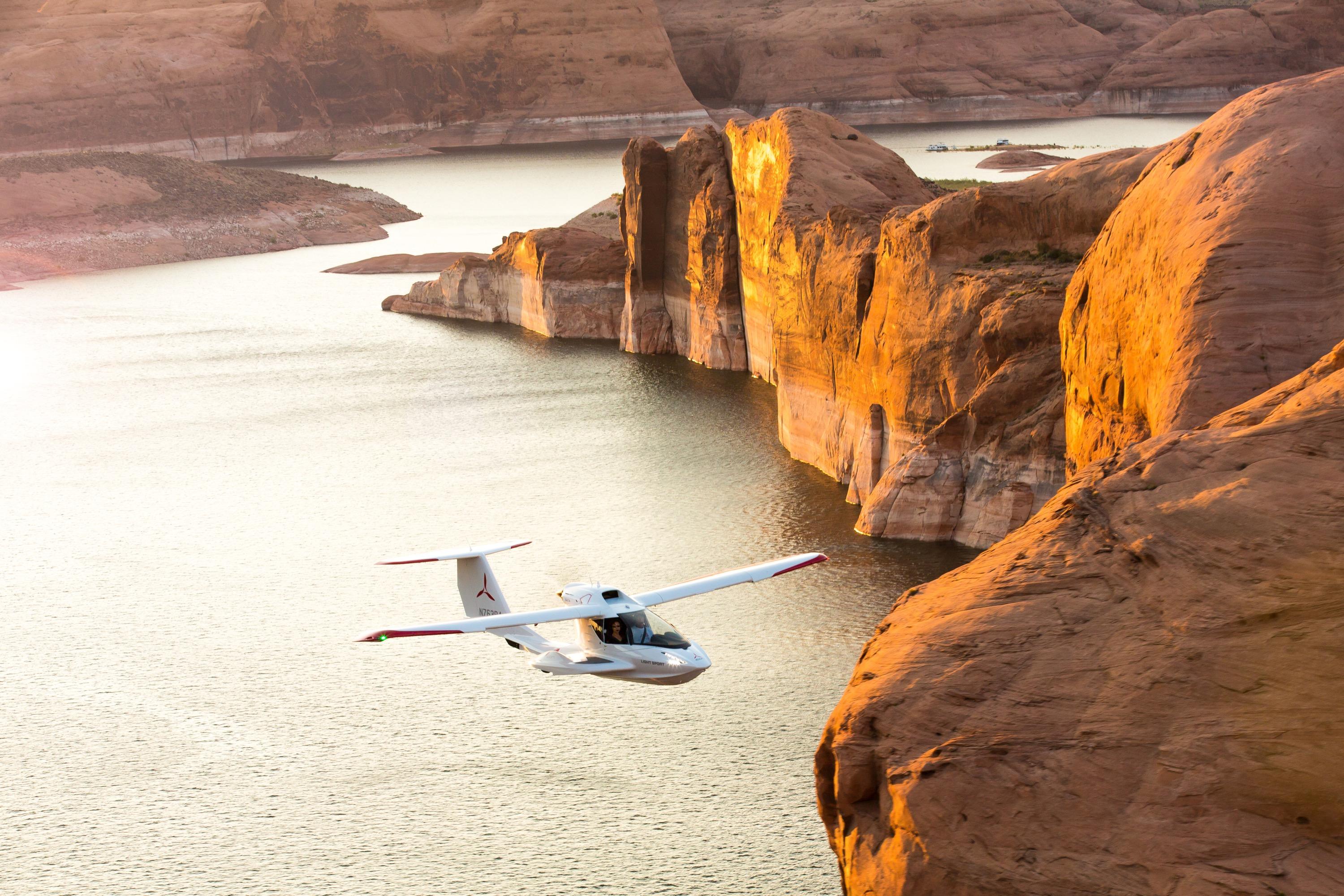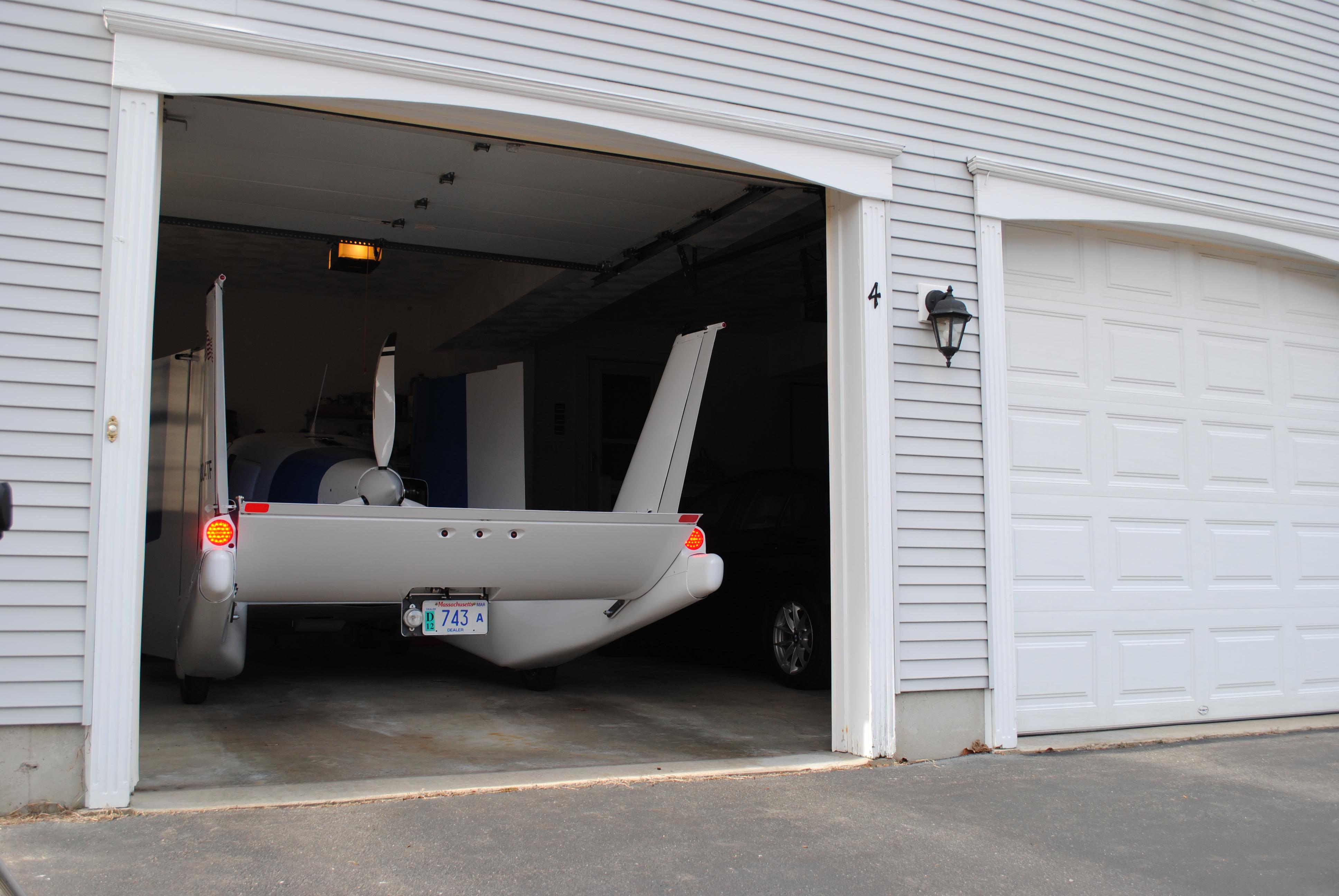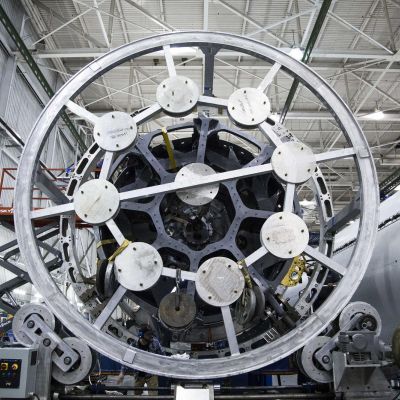The New Era of Flying Cars

The flying car, once a staple of science fiction, is now a notion on the brink of realisation.

“Just two years ago people tended to think anyone developing a flying car was an affable idiot,” says John Brown, a developer of… a flying car. “These days there’s more of an assumption that it will happen. We’ve moved from the lunatic fringe to the cutting edge.”
Almost ever since the motor car was invented there have been fantastical notions of one that also flew: that was as convenient and simple to use, but that offered the freedom of the car cubed, in 3D space. The first patent for a flying car was filed a century ago this year. It became the stuff of The Jetsons and Blade Runner. But now it’s a notion on the brink of realisation.
Brown is the man behind German company Carplane, developer of, literally, a car with extendable wings capable of take-off from an 80m strip, and which hopes to go public in the next 12 months, says the last few months have been a game changer. In November last year Terrafugia, a flying-car start-up launched in 2006, was acquired by Chinese automotive group Geely, owners of the more down-to-earth Volvo. This followed a spate of high-profile companies coming out as investors in ‘personal air vehicle’ tech: Google’s Larry Page backed all-electric personal aircraft project Kitty Hawk; the co-founder of Skype invested in Lilium Aviation and its ducted electric fan-powered design; while Uber unveiled its Elevate project, an aerial taxi service it hopes to have in a pilot phase by the end of the decade.
“There’s the idea now that these are companies that made technological history, and here’s their smart money going into flying cars, so it must be good,” says Brown, who has won investment for Carplane from the EU and local governments, has presented the idea to Porsche and is also in discussions with Geely about collaborating on a project. “It makes the idea extremely popular, although doesn’t make the technical challenge any easier.”
Indeed, the road to the flying car has not been without its bumps. Late last year Icon Aircraft, the developer of a two-seat, folded wing flying boat, suffered a fatal crash with its prototype. It’s a common enough experience during the test flight stages of any new aircraft design - the Airbus A330, Airbus A400M and the Gulfstream G650 are among the most successful aircraft in their categories, but all suffered sometimes fatal crashes during the test phase - and the National Transportation Safety Board concluded that pilot error, rather than aircraft design, was the probable cause of the Icon accident. But this perhaps does little to reassure prospective customers and may prove a blow to the success of such a fledgling company.
It’s not alone in trying to democratise the skies however, nor in claiming that, when finally available to buy - developers remain in the prototype phase, with some hoping for regulatory approval within the next two years - their aircraft will, necessarily, be as safe as any more conventional craft on the market. And from passenger-carrying drones developed by Chinese company EHang to Moller Aircraft’s retro-futuristic, ethanol-powered, 200mph proposal - the development of which has already racked up 50 patents - and Dutch company Pal-V’s gyroplane-sports car hybrid, it could be a diverse market too. Some imagine a more futuristic scenario in which your craft takes off vertically from your drive-way, others a more readily realisable one - more likely to win worldwide certification and so achieve attractive economies of scale - in which your flying car still needs a short run-way.
And certainly, Robert Beluga, founder of ducted fan technology company Trek Aerospace, which has its own Springtail personal air vehicle in development, argues that the demand is self-evident: cars are undergoing a seismic transformation as they go driverless, so why not air transportation too? And who wouldn’t want the benefits of flying? Increasing amounts of road haulage, traffic congestion and pollution are huge issues — the average driving speed in the US is now just 30mph.

“But imagine flying door to door at your own convenience,” he says. “Sure, there are a lot of off-the-wall concepts being explored, but that’s because so many opportunities are being afforded by advances in electronics, batteries and materials.”
Of course, obstacles remain. Safety is the most pressing concern, which is why AeroMobil has fitted its machine with a ballistic ‘whole-aircraft’ parachute and used it successfully during a test-flight emergency. Leaps in computer-assisted piloting, for take-off, landing and in collision avoidance, as used in modern airliners, will likely greatly ease this concern, as well as making the training required to fly a personal air vehicle akin to getting a driver’s licence. Trust will come with the realisation that a crash in 3D space is considerably less likely than between two one-tonne lumps of metal passing each other within feet and at speed on the ground, something we’re all comfortable with.
Infrastructure too will need to be addressed. But, as Moller founder Paul Moller says, not only is flight already accepted as a means of travel, there’s already more infrastructure in place than there were roads suitable to drive on when the car was first proposed. Regulatory restrictions might be imposed due to factors such as noise levels, especially in built-up areas. This is the main reason, as opposed to environmental thinking, why Carplane has recently developed an electric version of its craft, capable of taking off and landing by battery-power alone.
No doubt these pioneering vehicles will be expensive — akin to a supercar perhaps — because, breaking new ground tends to be an expensive business. Moller, for example, has so far spent some US$100 million in research and development on its ambitious vehicle, although, to put that in context, Boeing spent US$1.2 billion on its V22 Osprey plane/helicopter hybrid, and that was just on its gearbox. But the cost of buying a personal air vehicle is likely to plummet. Terrafugia has drawn a comparison with scuba diving or motor sports: expensive leisure activities that, none the less, have large numbers of participants.
And, indeed, most developers say that is the whole point. Those with the money and time have been free to learn to fly their own aircraft for more than 100 years. What these 21st century magnificent men in their (almost) flying machines hope to achieve now is a wholesale revolution in thinking about the ease of, access to and utility of aviation, creating a whole new industry between flying and driving, with customers who most likely have never considered becoming a pilot before.
“It’s going to change the way we think about mobility,” says Carplane’s Brown. “It’s what everyone is waiting for: a development beyond the established aviation industry. This is about making flight for everyone.”
This article originally appeared in Billionaire's Ideas issue, March 2018. To subscribe contact









